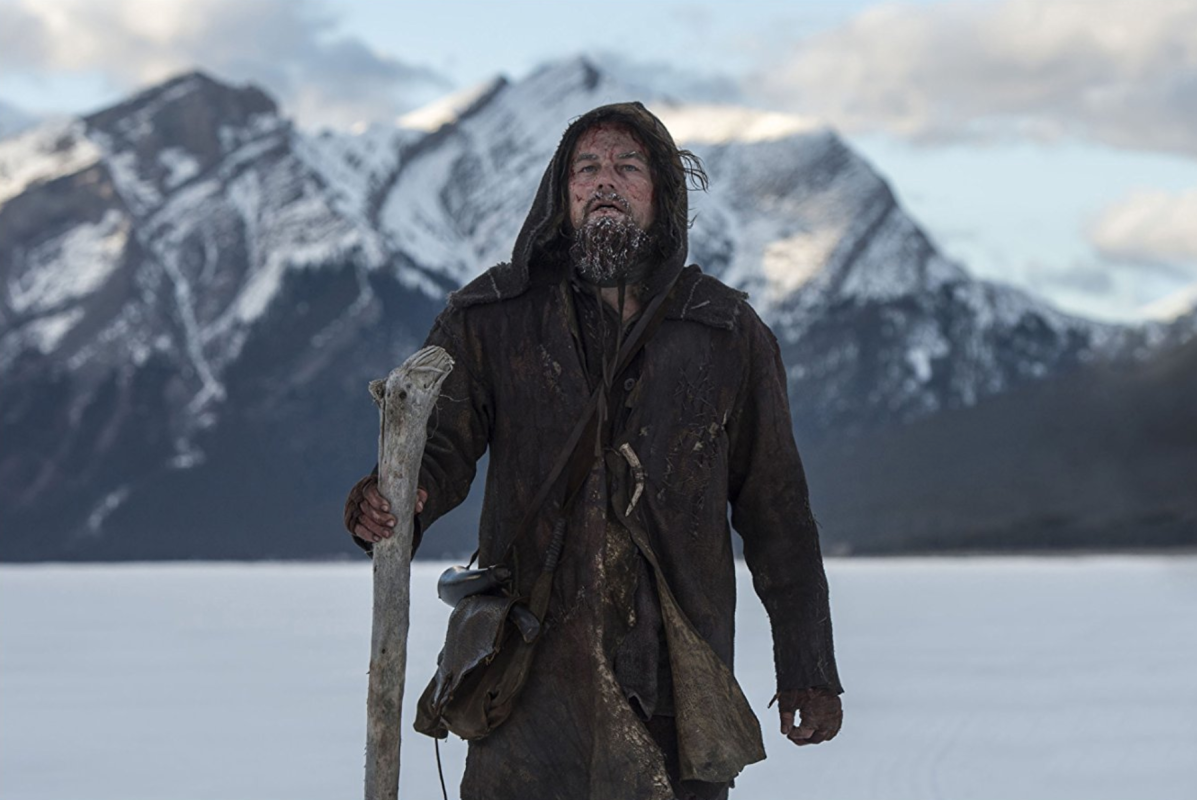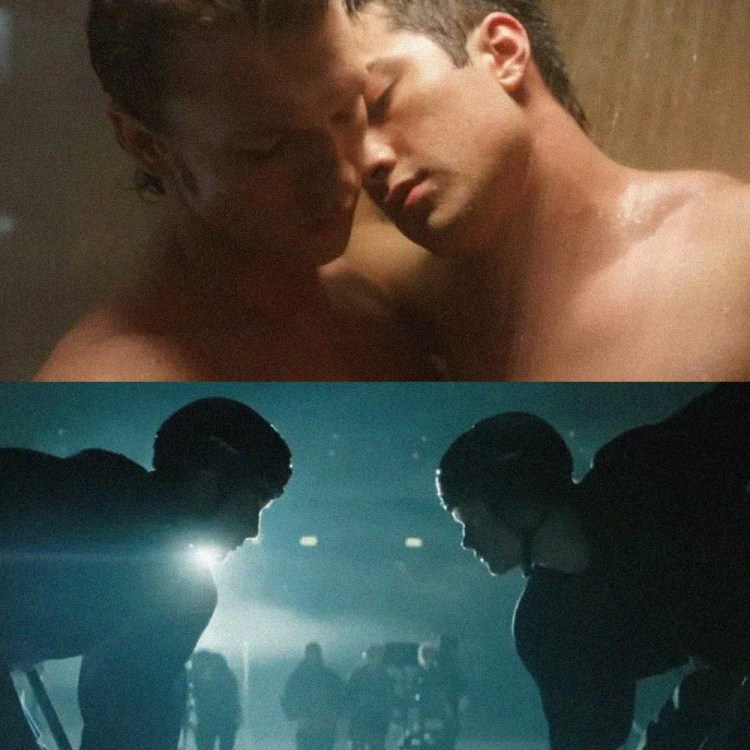The undeniable toughness of the human spirit has long been fodder for non-fiction, from Stephen Crane’s Open Boat to the best-selling books of modern masters of the genre like Jon Krakauer and David Grann. Today, we take a look at some of the best survival stories penned in magazines and online in recent years, from Hugh Glass’s true Revenant story to Nando Parrado and Juliane Koepcke’s horrific plane-crash tales, to Aron Ralston’s first-person retelling of the 127 hours he spent trapped in Blue John Canyon, Utah.
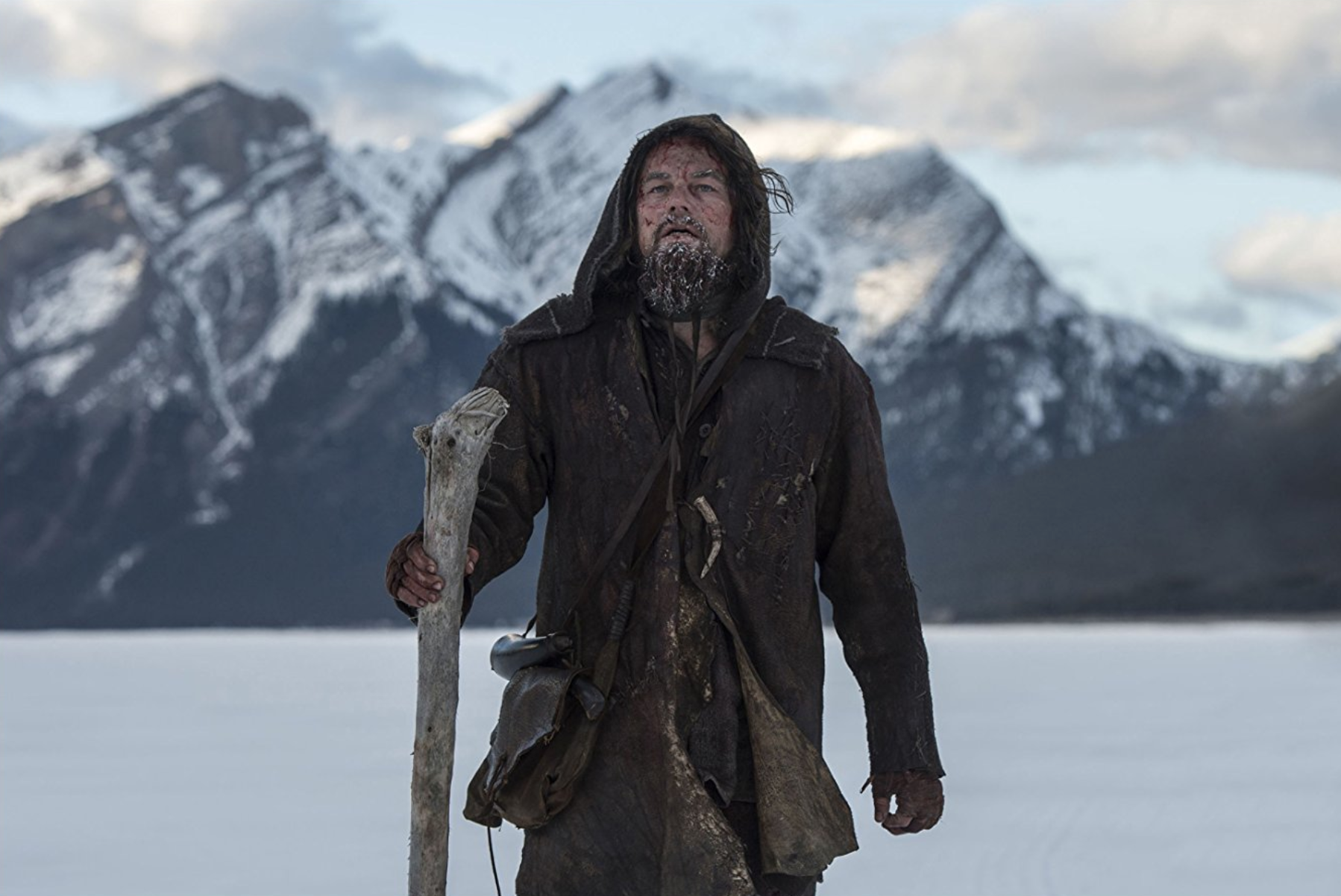
If you can believe it, the real Hugh Glass — not the version of him played by Leonardo DiCaprio in The Revenant — never cut open a horse to use as a makeshift sleeping bag or went tumbling off a cliff. But he still managed to live a life more odds-defying than a director could dream up. Glass, according to The Hollywood Reporter, didn’t have a Pawnee wife or son. But he was attacked by a grizzly bear. He was also a pirate, and allegedly abandoned his ship when it was attacked only to later face off against two tribes of cannibals who cooked his friend alive on a spit. Glass, however, made it out alive.

Nando Parrado, a member of the Uruguayan rugby team that was on board a plane that crash-landed in the Andes Mountains in 1972, was forced to do unthinkable things in order to survive. You might be familiar with other horrific tales of cannibalism (looking at you, Donner Party), but imagine the bodies belonged to your teammates who you saw as brothers and those bodies being a few weeks past their prime. This is what Parrado had to deal with, as he detailed for The Guardian, after the crash crushed part of his skull and left him unconscious for three days. Parrado would take several weeks to recover before he led his surviving companions over a 1,700-foot peek and a 10-day march to survival over a 72-day ordeal.
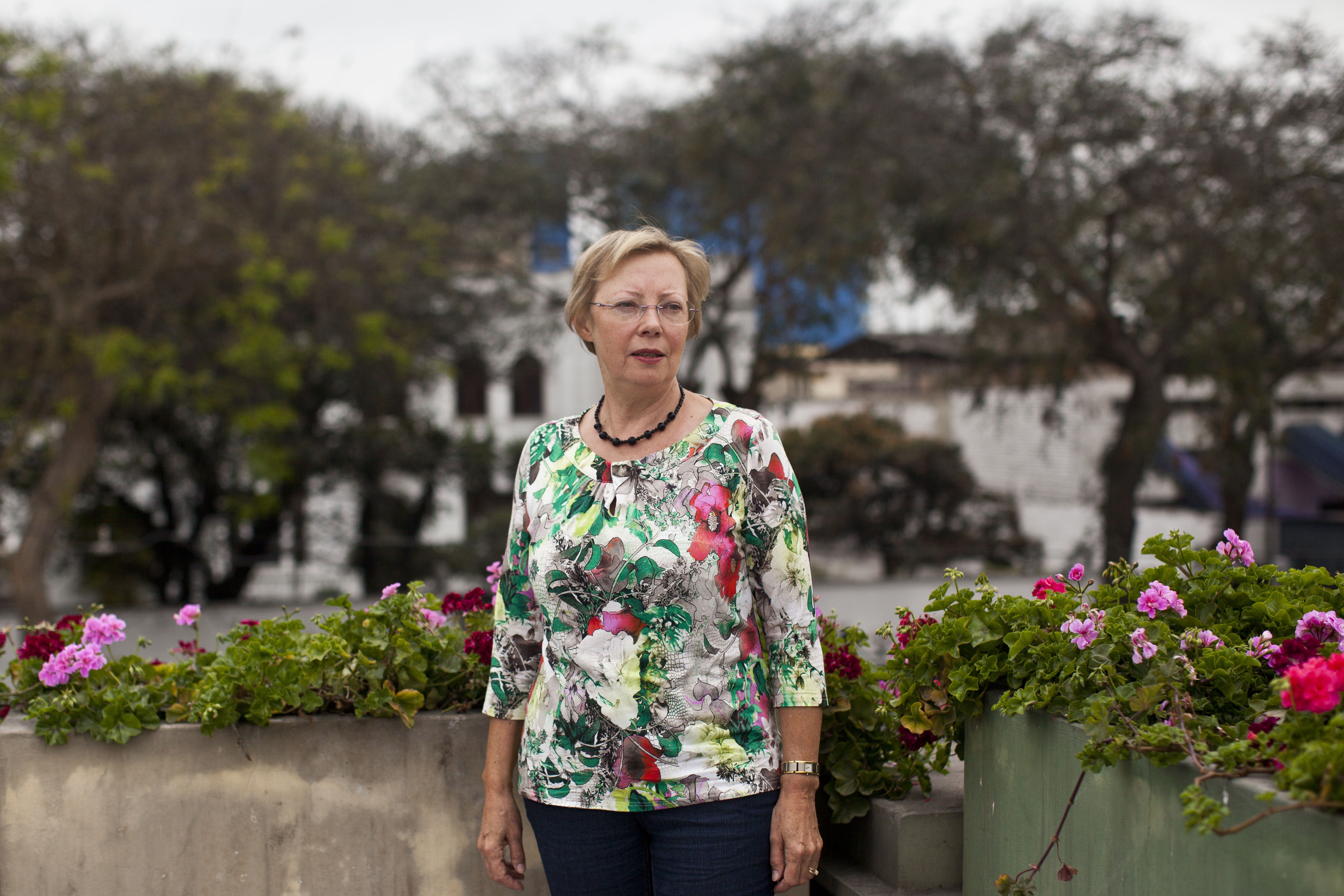
When she was just 17 years old, Juliane Koepcke fell 10,000 feet from her storm-wrecked airplane into the Amazon rainforest on Christmas Eve, 1971. When she came to, Koepcke wrote in Reader’s Digest that she was profoundly dizzy, had an obviously broken collar bone, one eye swollen shut and sustained a gash to her left calf. For nine days, the teenager half-walked, half-crawled her way to and along a stream, drinking from it along the way, until she came across a canoe and soon after, a pair of loggers who would serve as her rescuers.
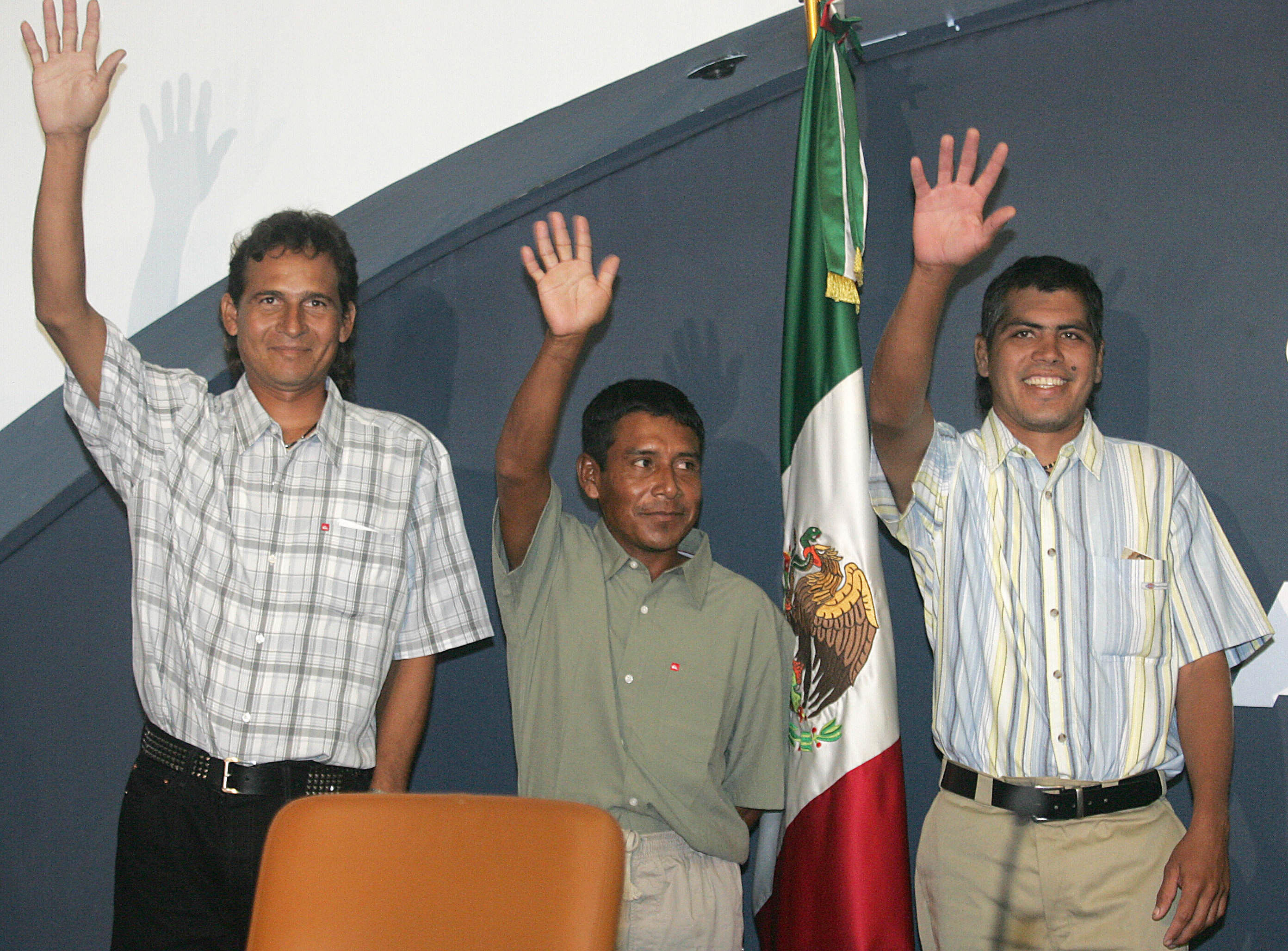
For nine months and nine days — one of the longest stretches of time that anyone has been lost at sea — five men who quickly became three had to put their fishing skills to work in order to survive after their boat ran out of fuel and was pushed nearly 5,000 miles out into the open ocean in October 2005. “The Castaways,” as they were dubbed in an article about their bravery and ingenuity in The New Yorker, ate the fish and sea birds they caught raw and drank fish blood when it didn’t rain enough to collect fresh water. The trio kept themselves sane and motivated by reading the Bible and enlivened their spirits by playing pretend guitar, singing and dancing — even through a 13-day period without food.
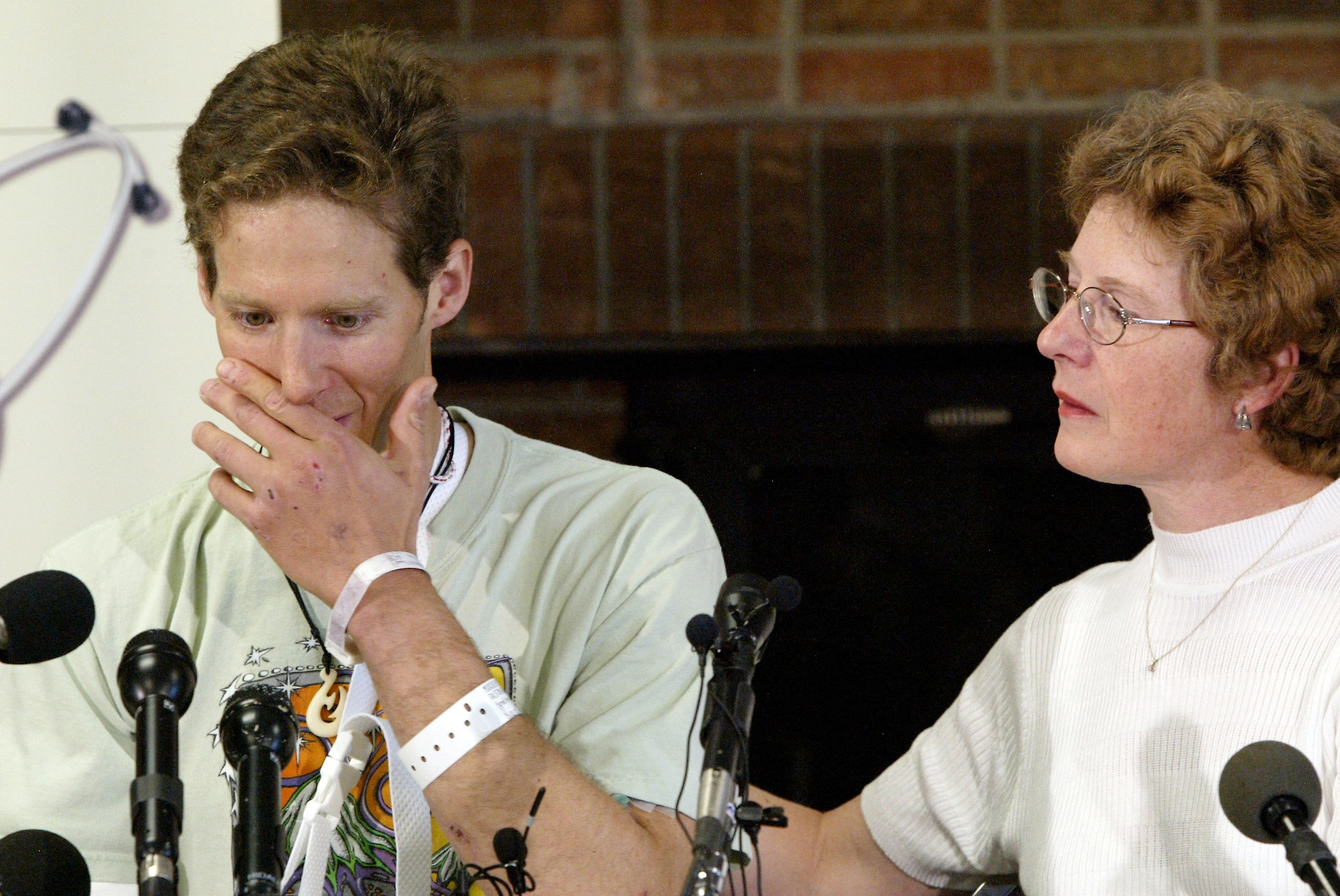
Would you be able to cut off your own arm and sacrifice an appendage for the sake of your life? That’s the unthinkable decision Aron Ralston had to make when he found himself trapped inside a remote part of Utah’s Blue John Canyon. You might recognize this story thanks to James Franco’s portrayal of Ralston in the film 127 Hours. To read the firsthand account that Ralston himself penned for OutsideOnline, though, is quite different.
This article appeared in an InsideHook newsletter. Sign up for free to get more on travel, wellness, style, drinking, and culture.
